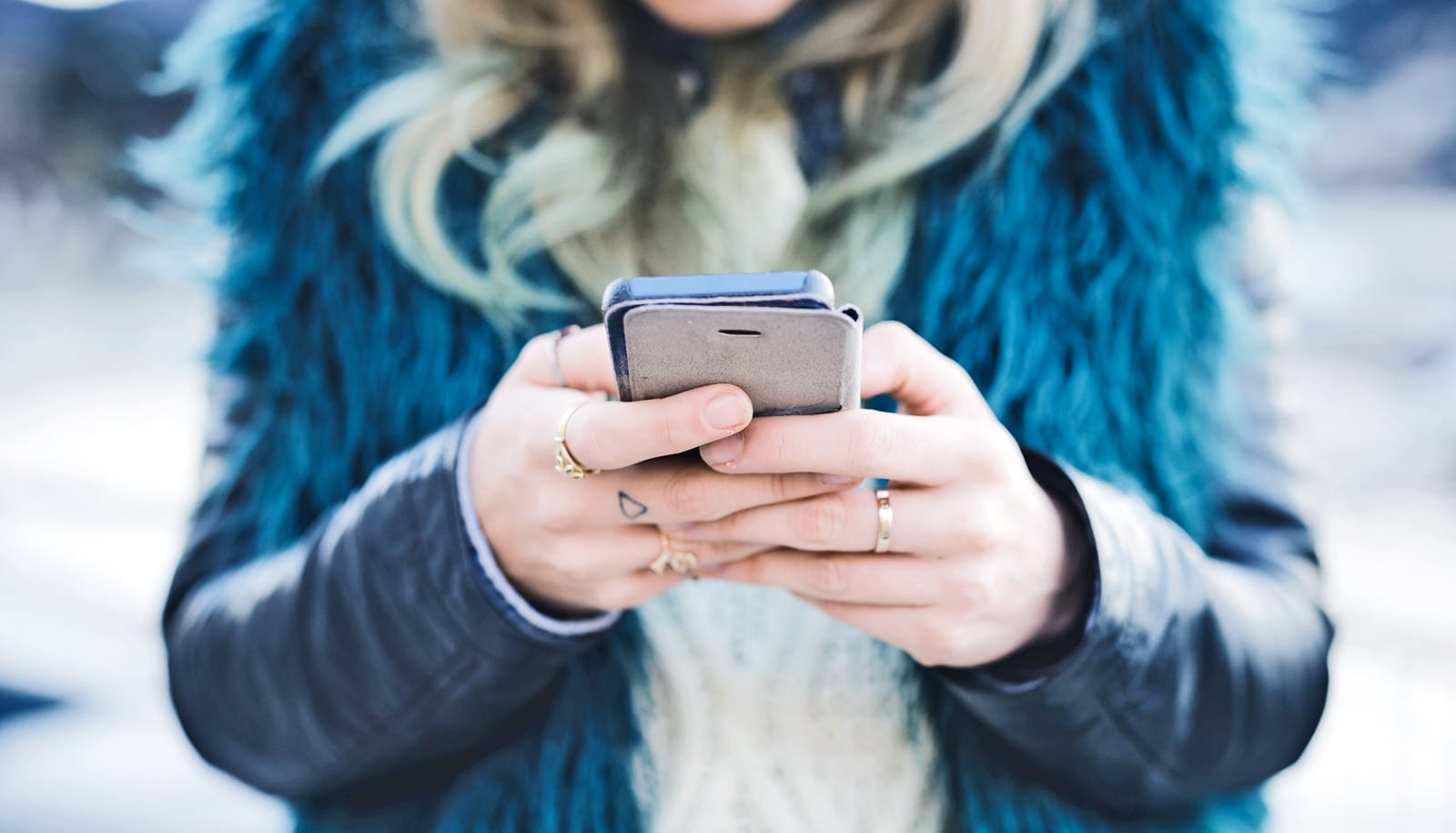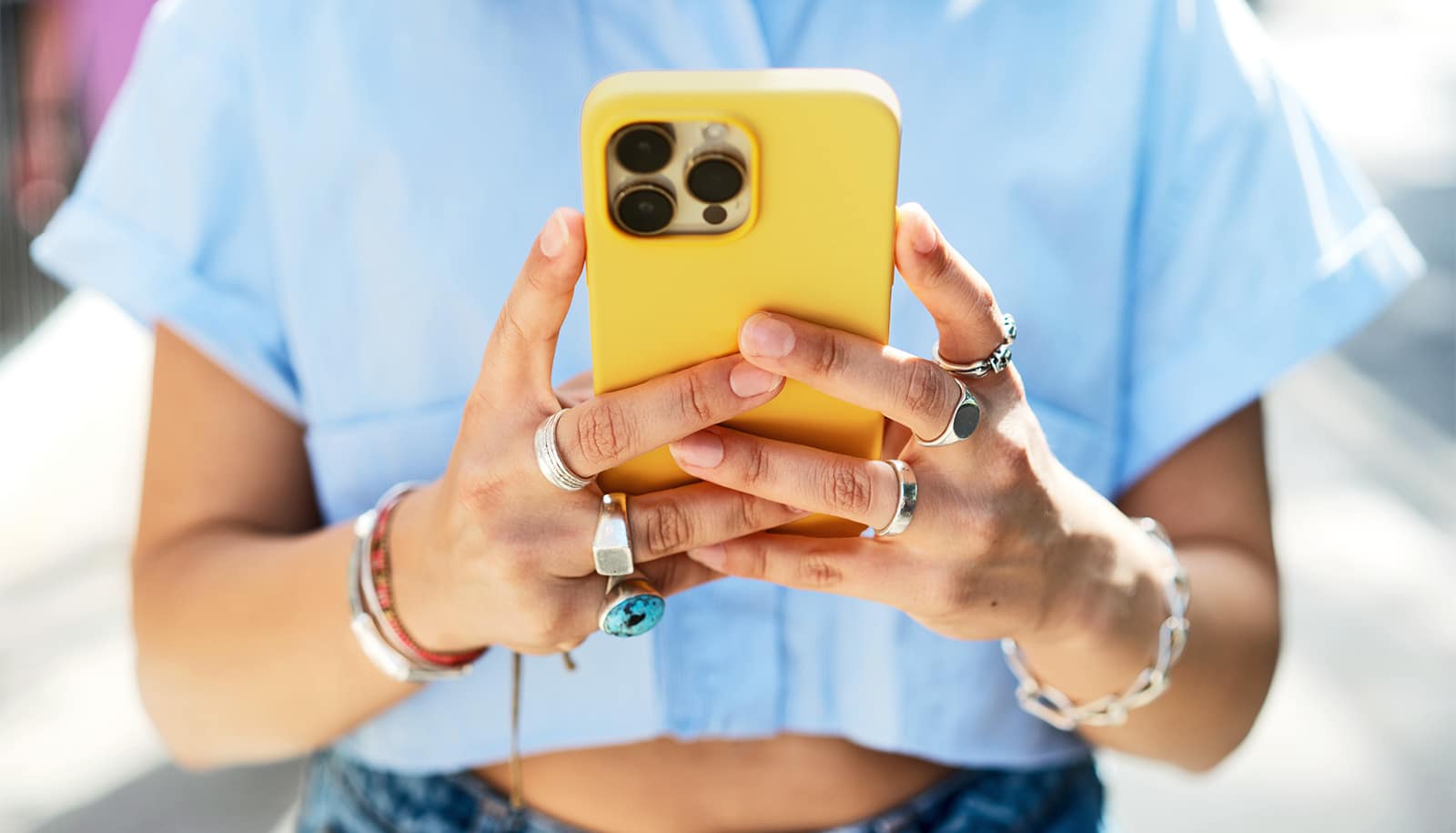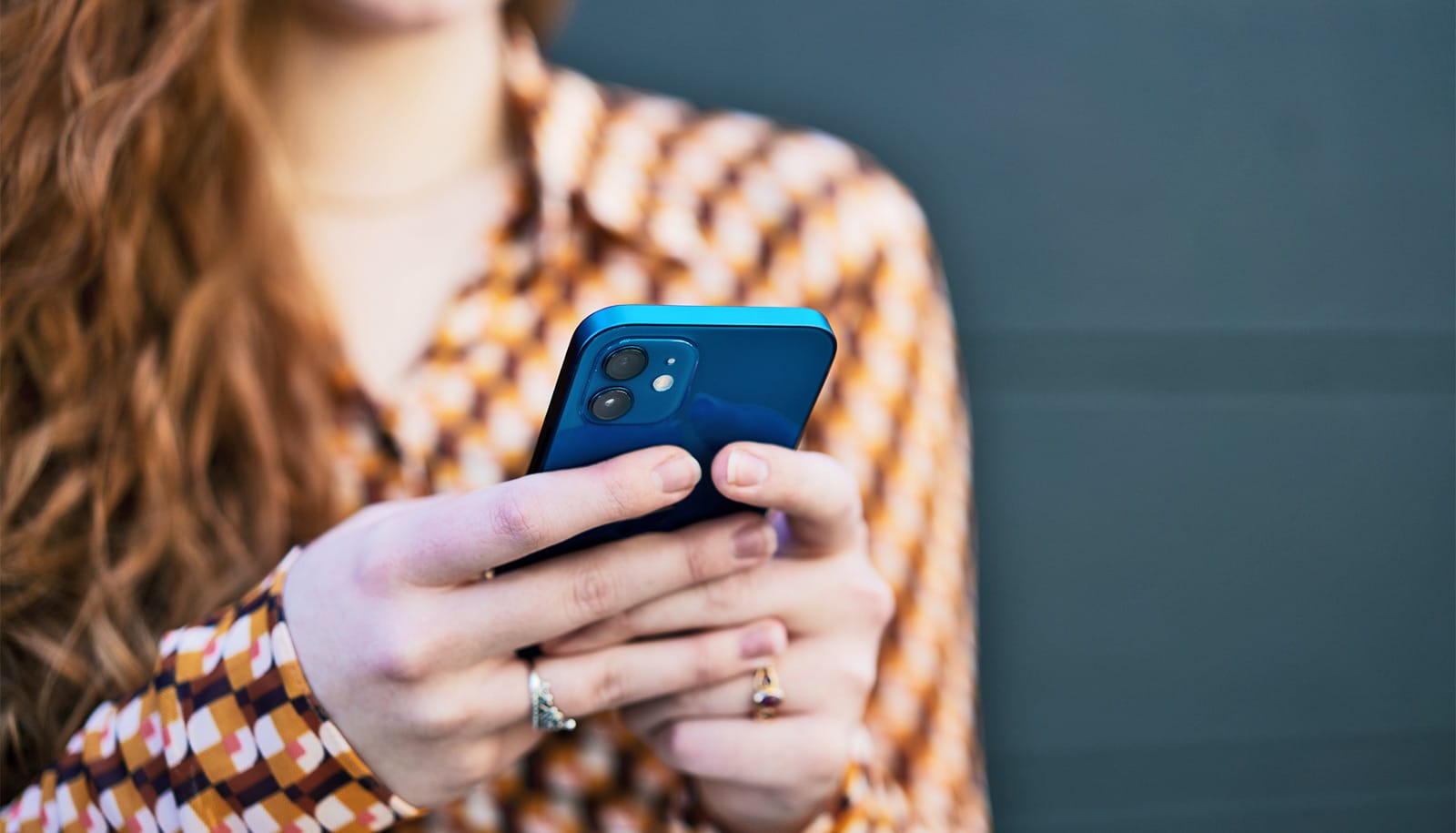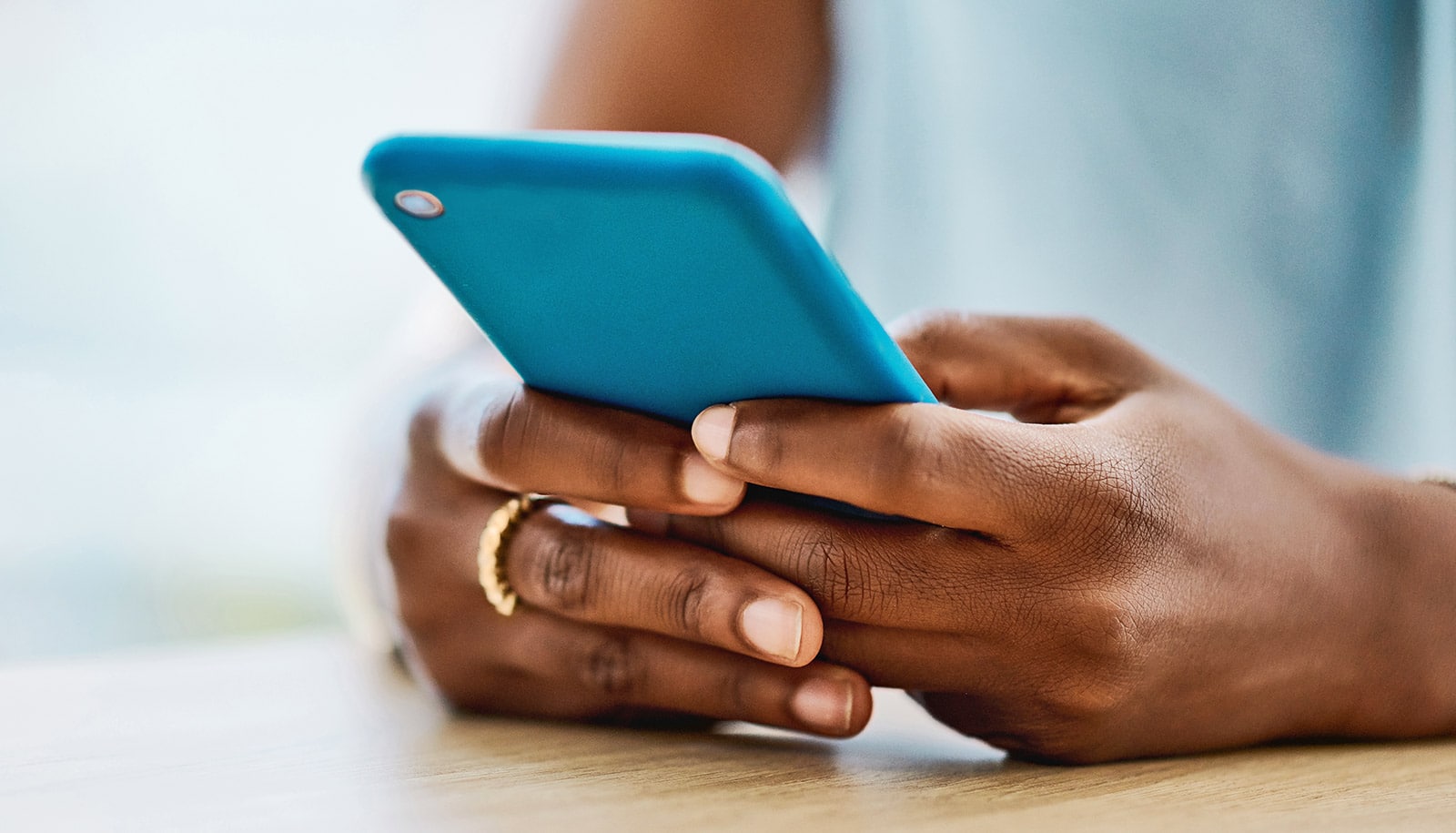Researchers have developed a framework to determine whether a tweet is from a witness of an event with first-hand experience or not.
“If news organizations in particular had access to a framework like ours… we could all trust our news a little bit more.”
“The most obvious starting point is to determine whether a tweeter is at an event using their georeference, or location information found in the metadata of some tweets,” says Marie Truelove, a professor in the School of Engineering at the University of Melbourne.
“But only a small fraction of users turn this option on. To identify more sources of evidence we turn to the content of the tweet itself—the text and pictures,” she explains.
The combination of the text (statements like smoke in the sky for a bushfire), images (of the smoke rising above the house), and location information (geotags from the relevant town or suburb) all work together to build a case for the user being a credible witness. But Truelove says there were still challenges in determining credible witness.
“Conflicting evidence such as a post of an image taken from an event shown on a TV screen or tweets of an event that didn’t occur are analyzed to test whether the tweeter is at the event and reporting their direct observations,” she says.
“Our framework uses machine learning to automatically investigate the different sources within the tweets, including those posted by the user prior and after,” Truelove explains.
“Retweets are removed and if multiple evidence is still available for a single tweeter, it is assigned with a credibility measure, from low to high.”
System uses Twitter to detect riots before police
While still in early development, Truelove says this framework undoubtedly would be an asset to journalists around the world.
“If news organizations in particular had access to a framework like ours to assess these kinds of tweets purporting to be witness accounts, we could all trust our news a little bit more.”
Truelove worked with professor Stephan Winer on the research. They report their findings in the journal PLOS ONE.
Source: University of Melbourne



